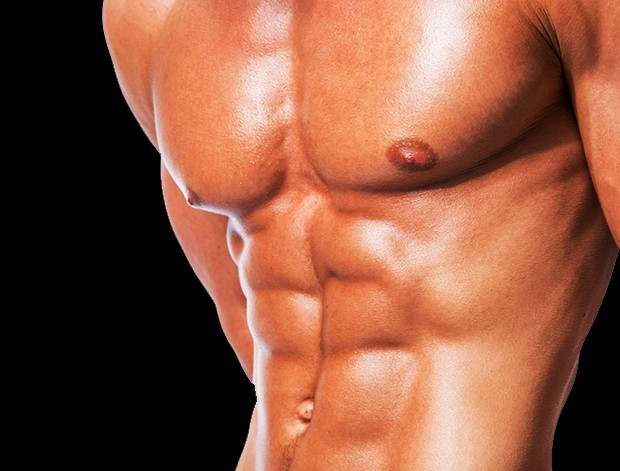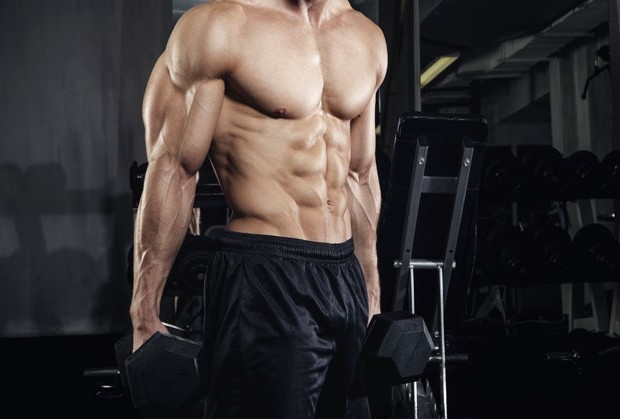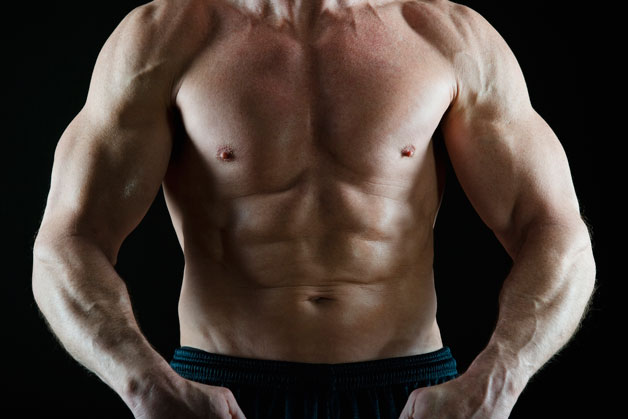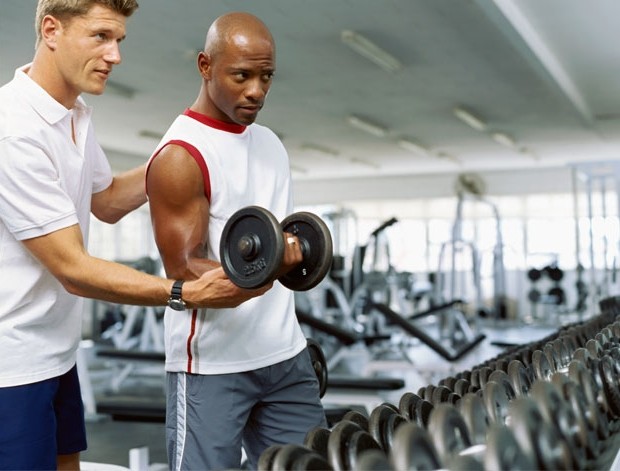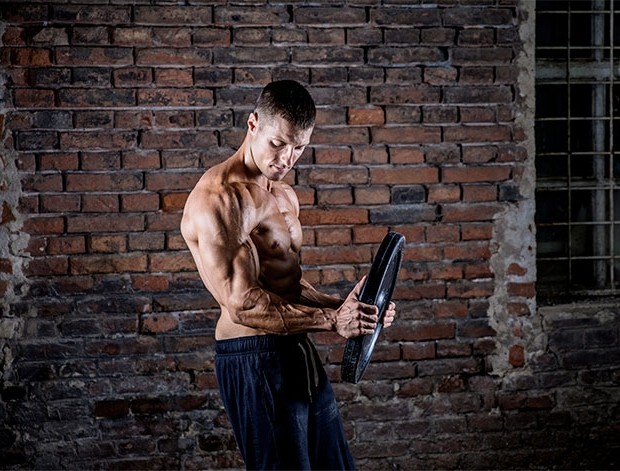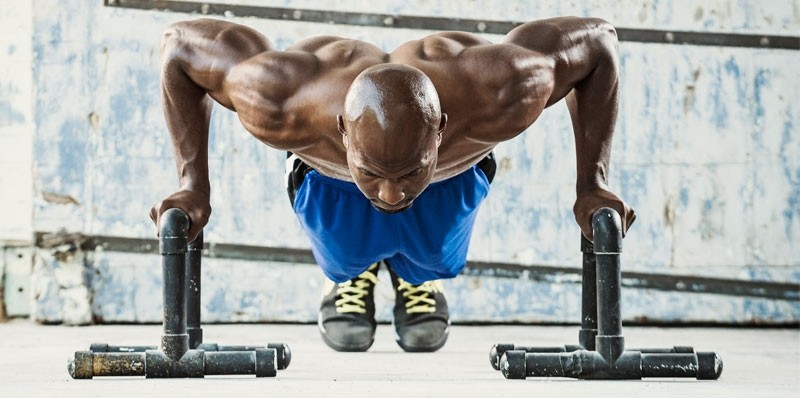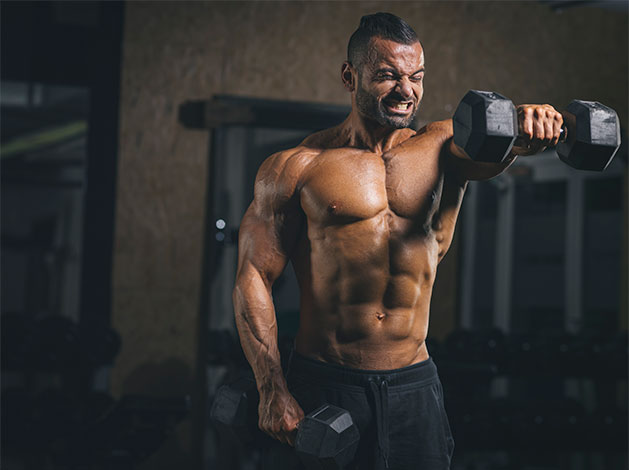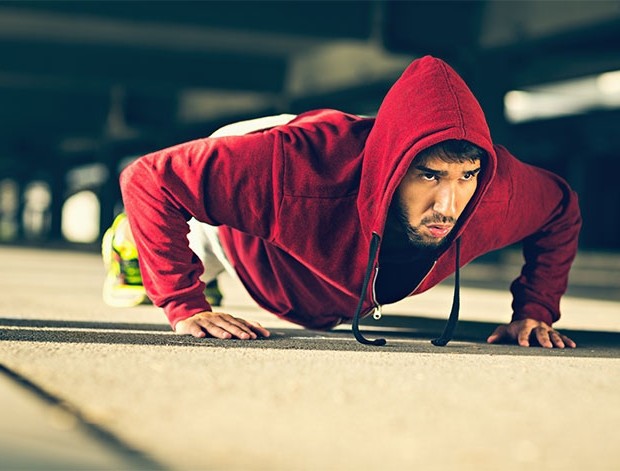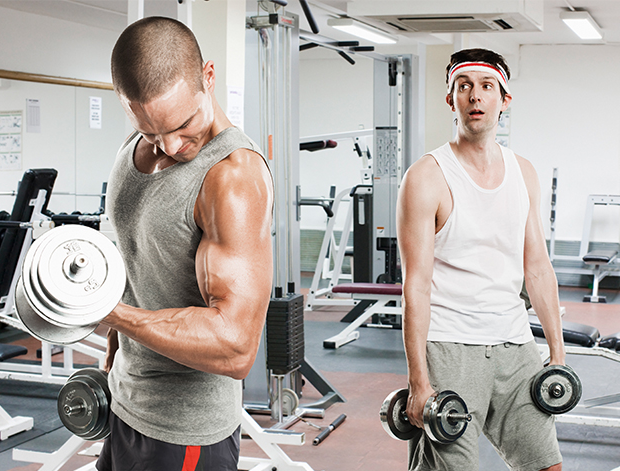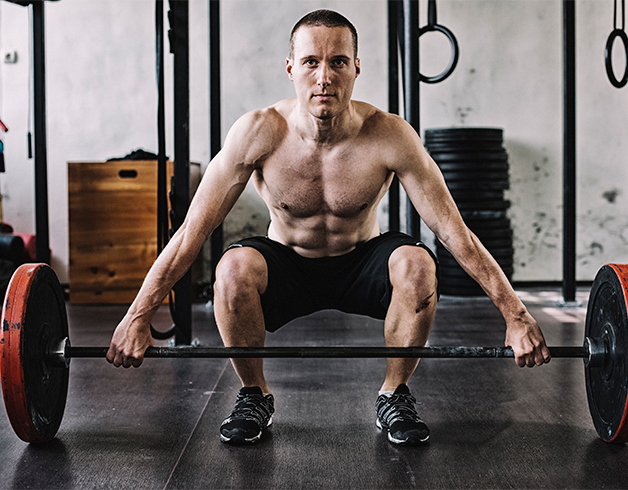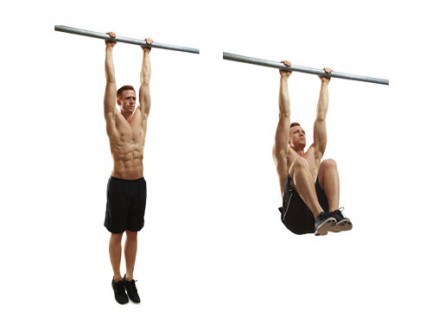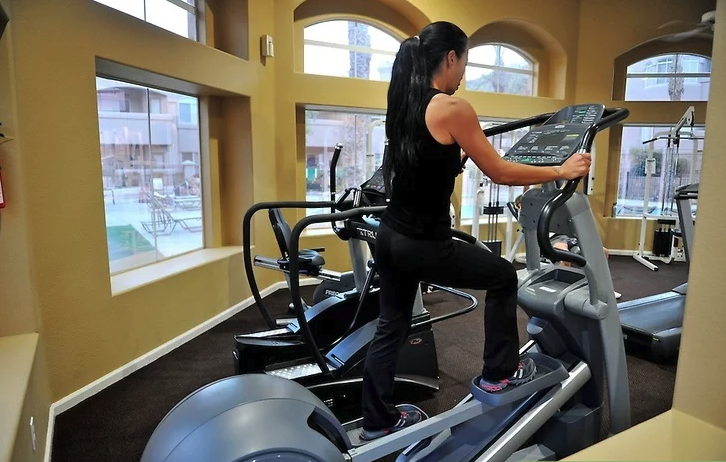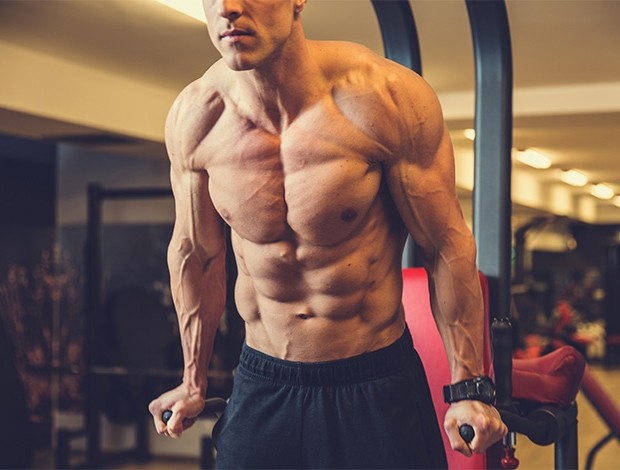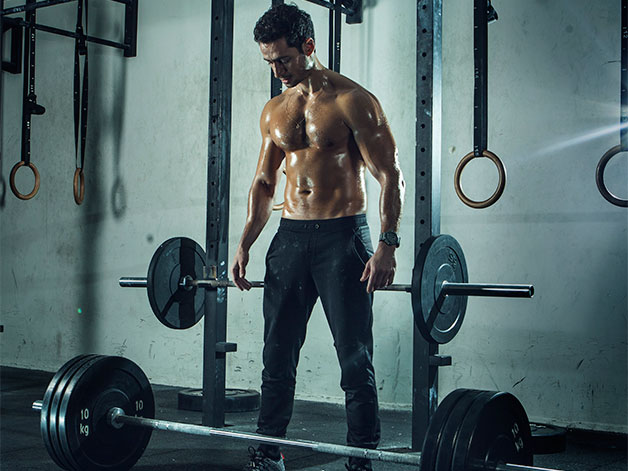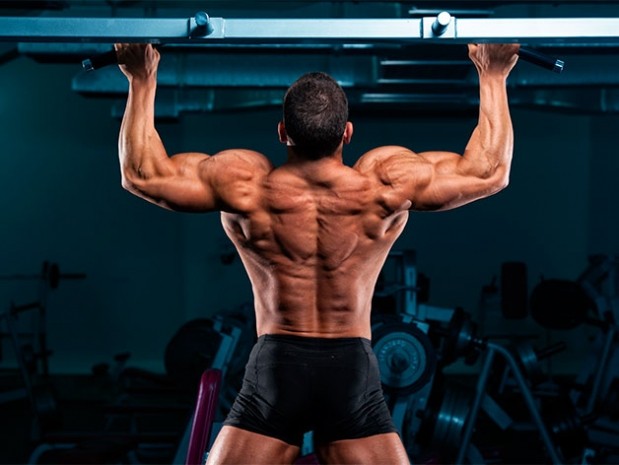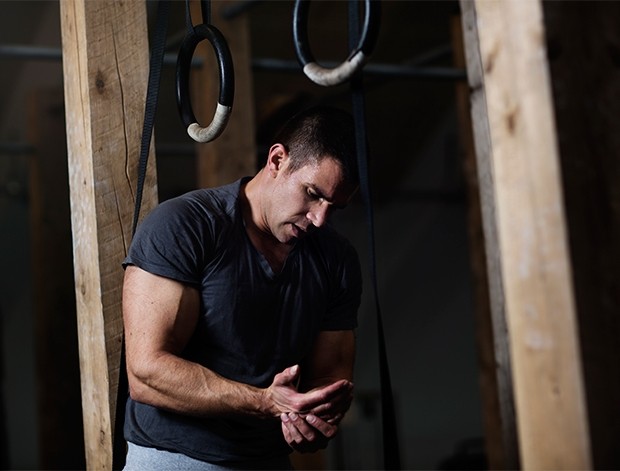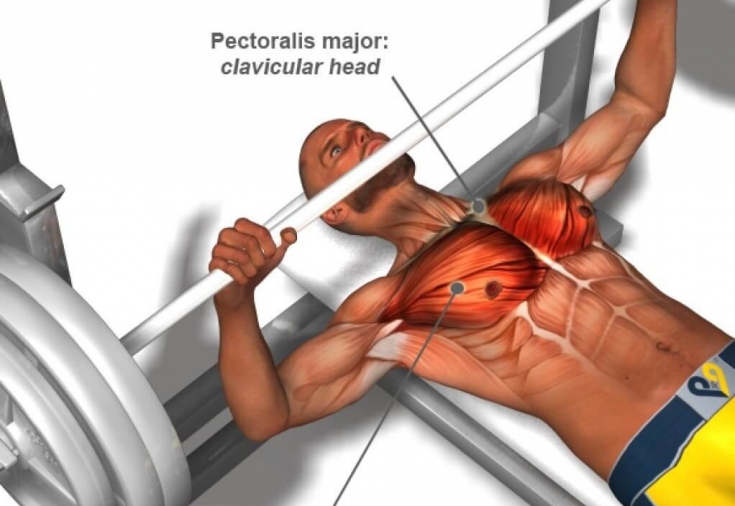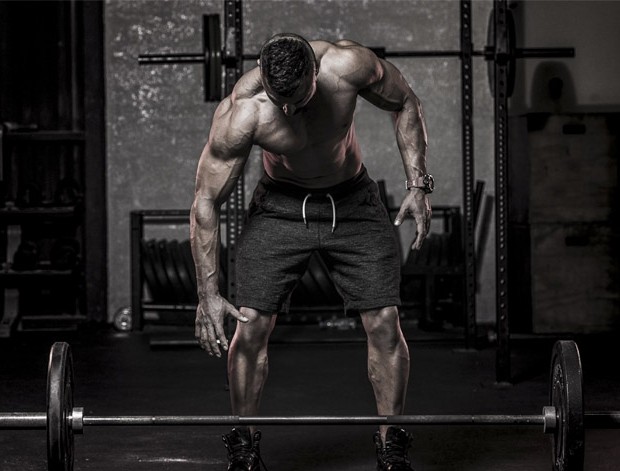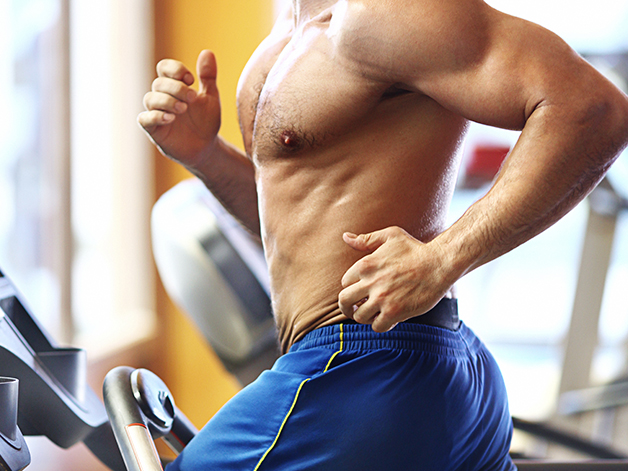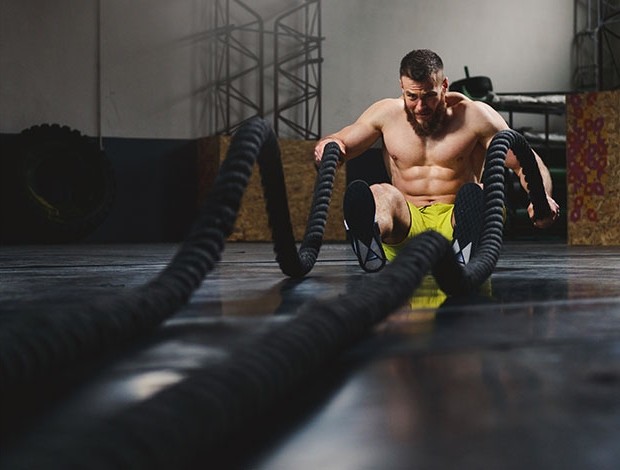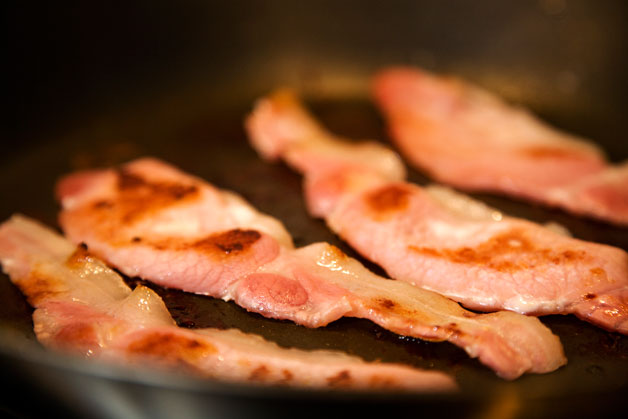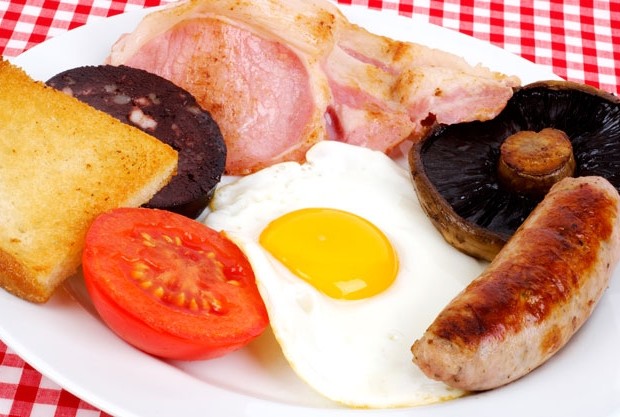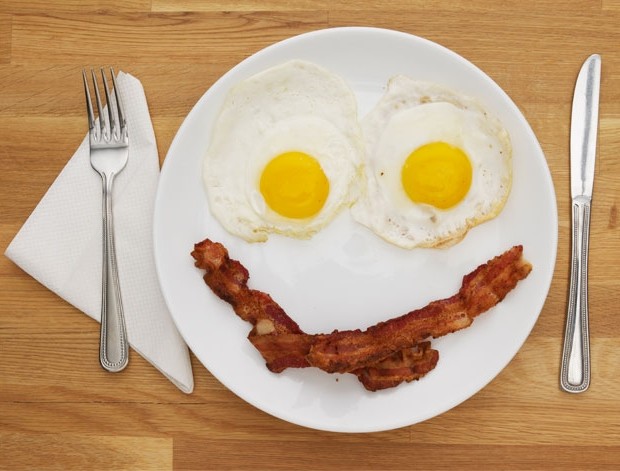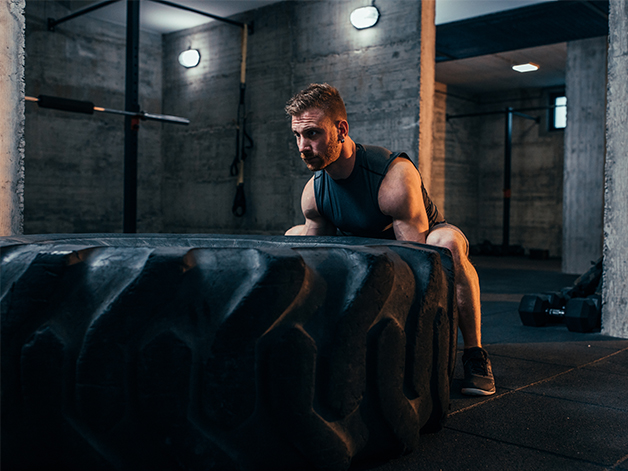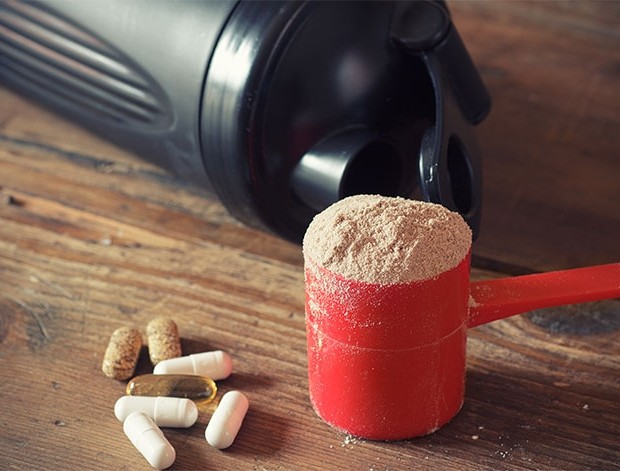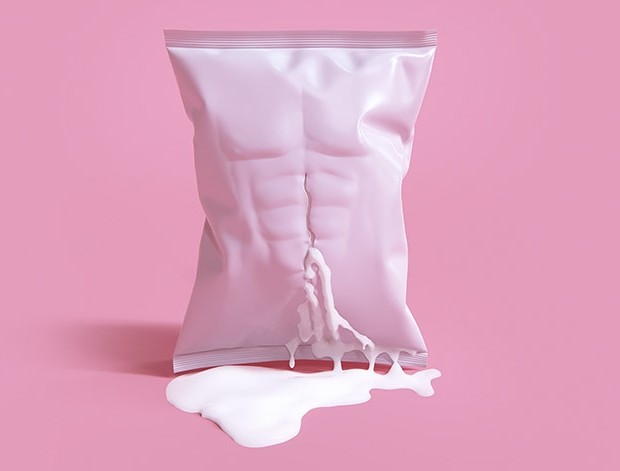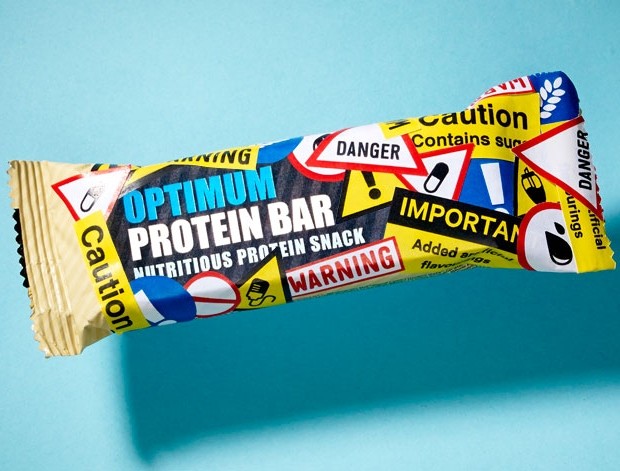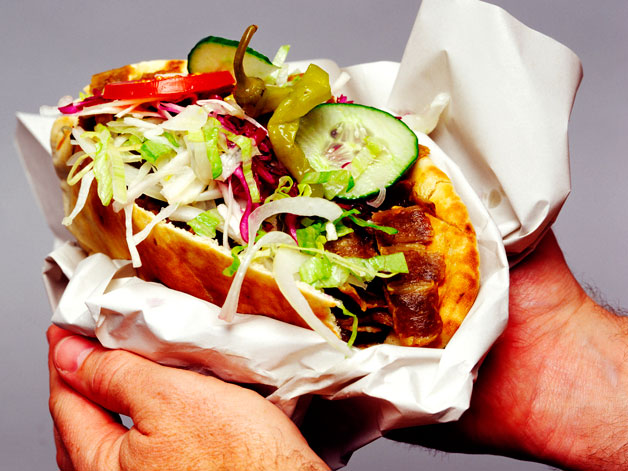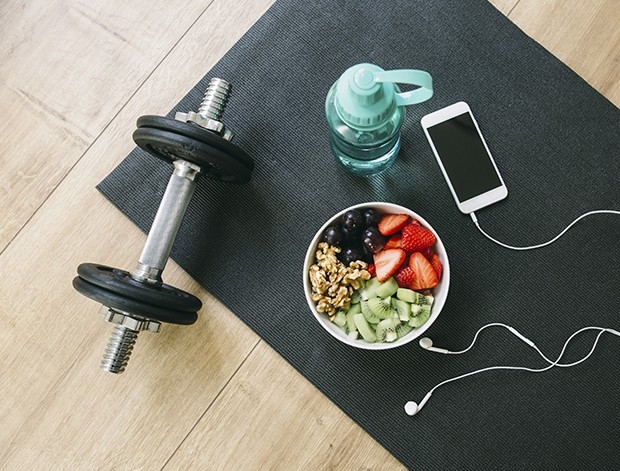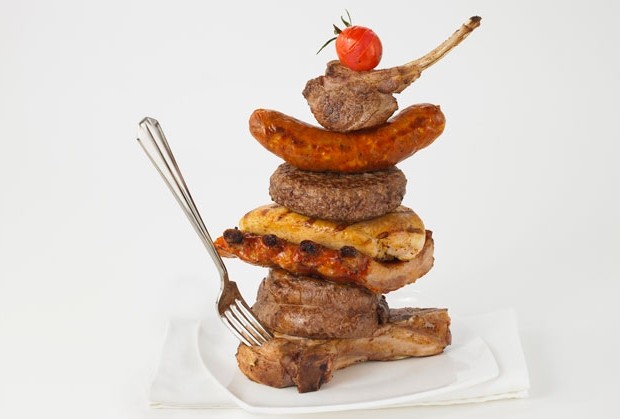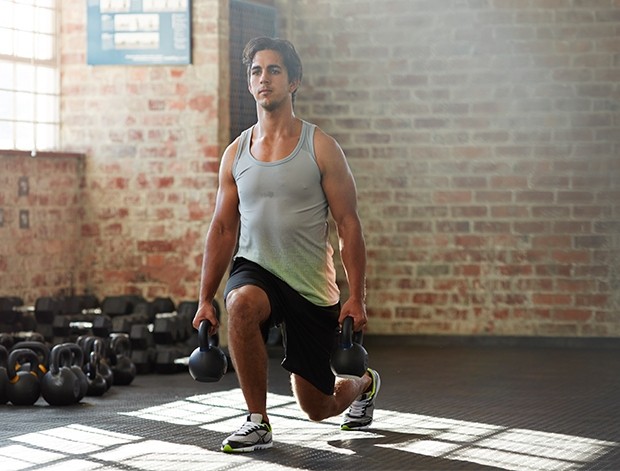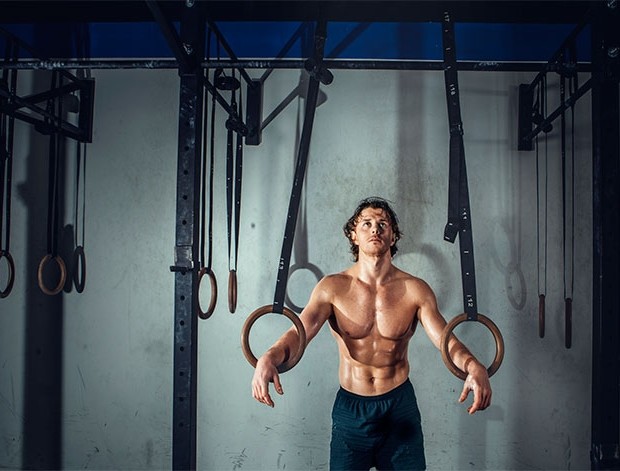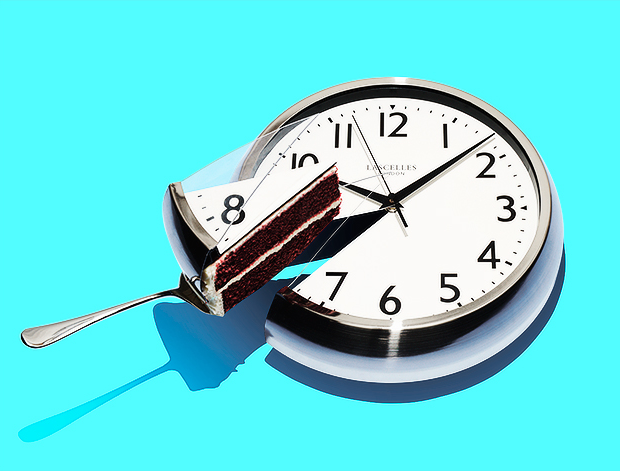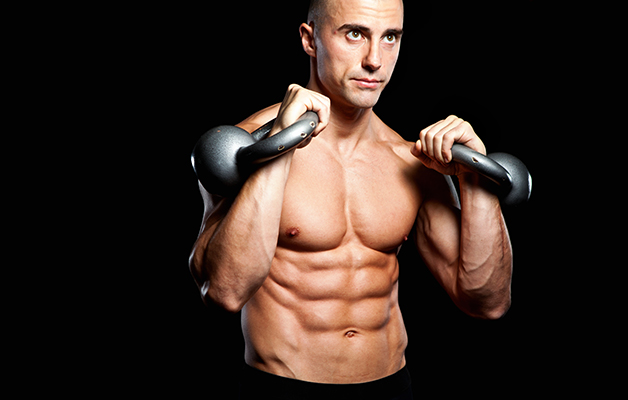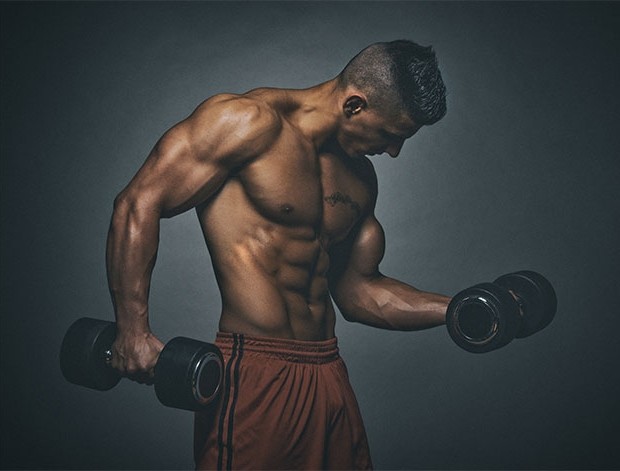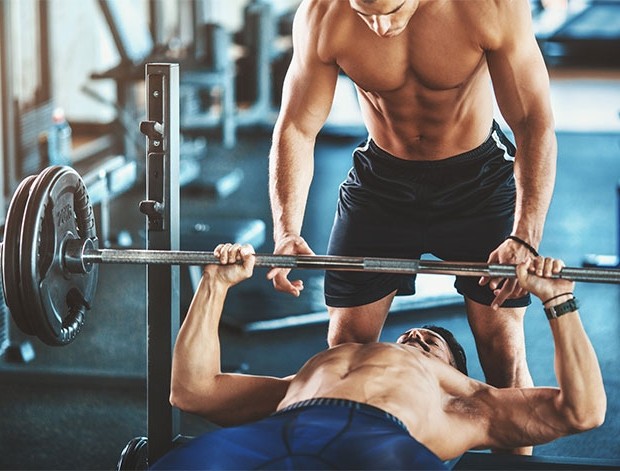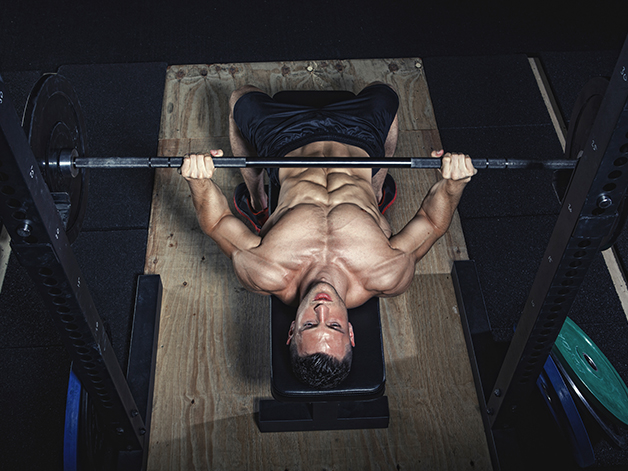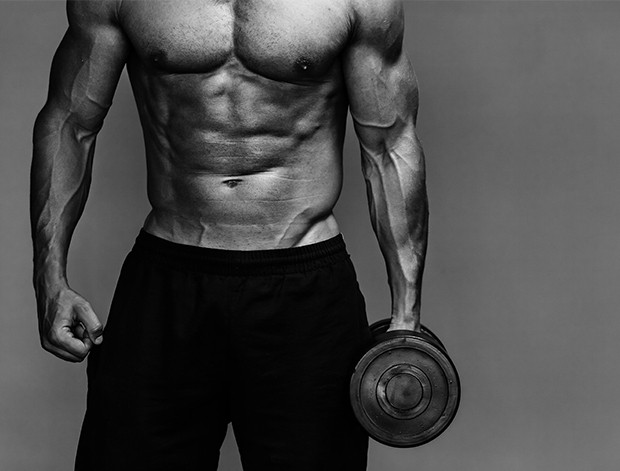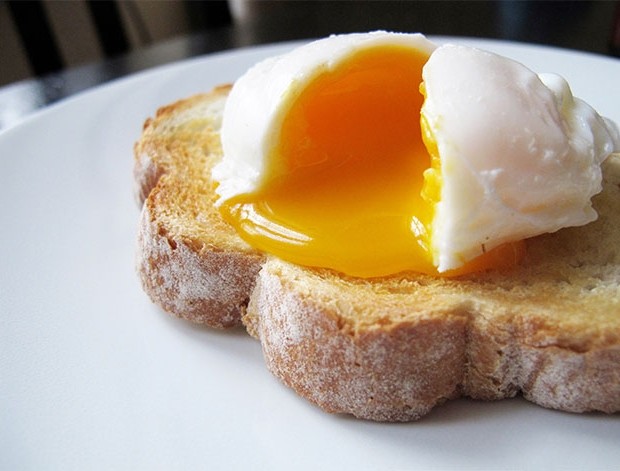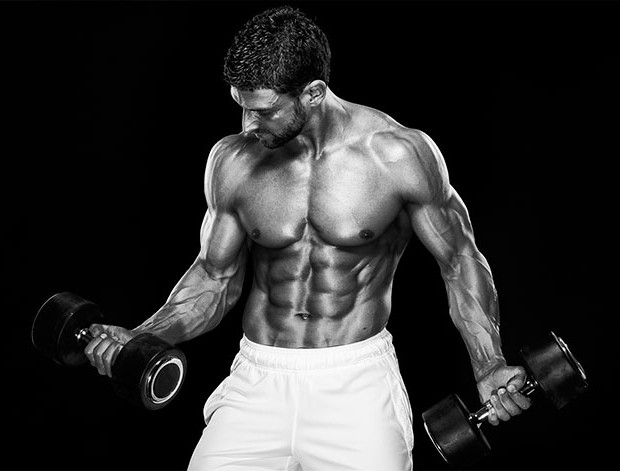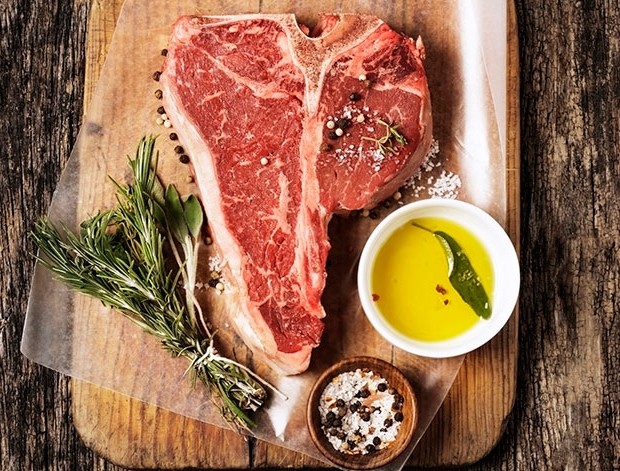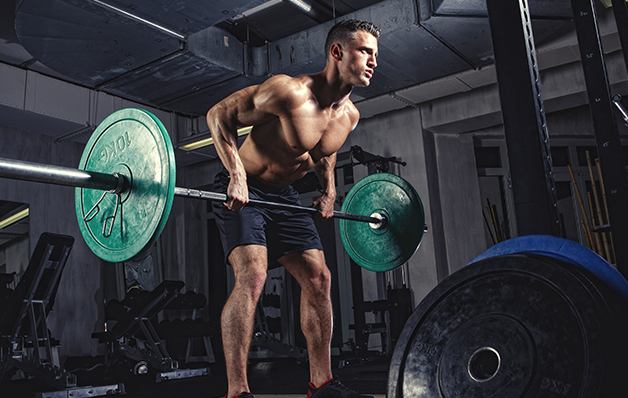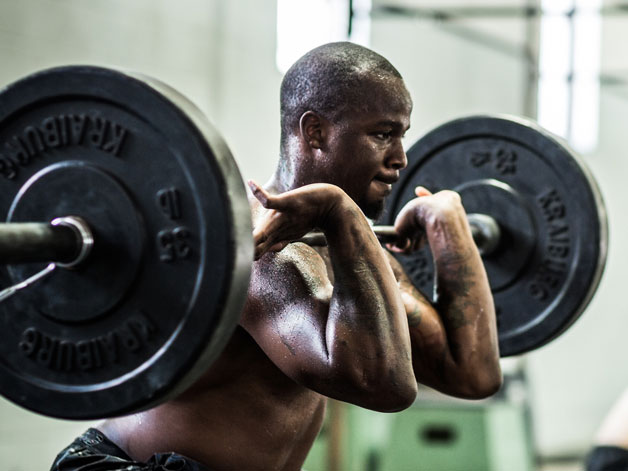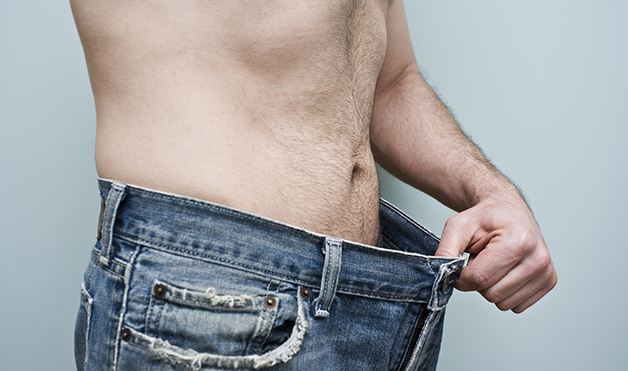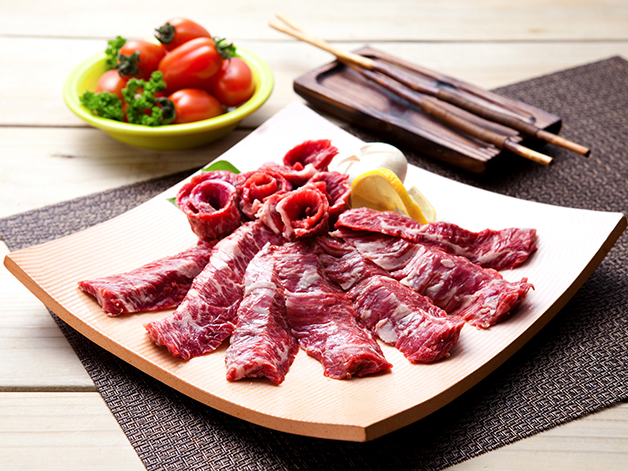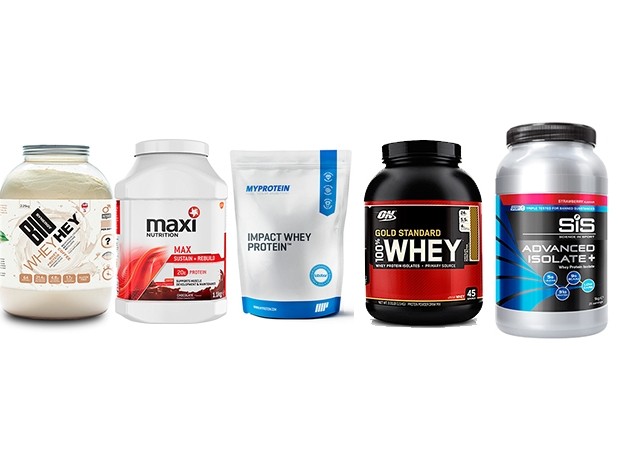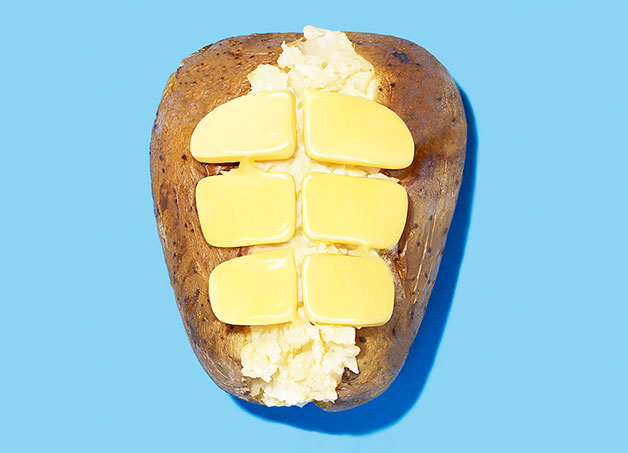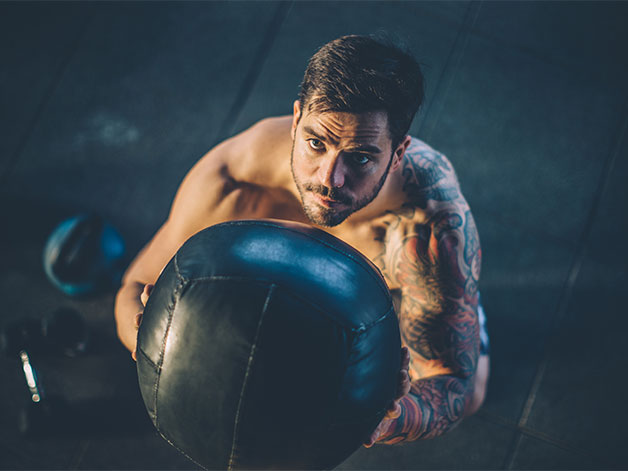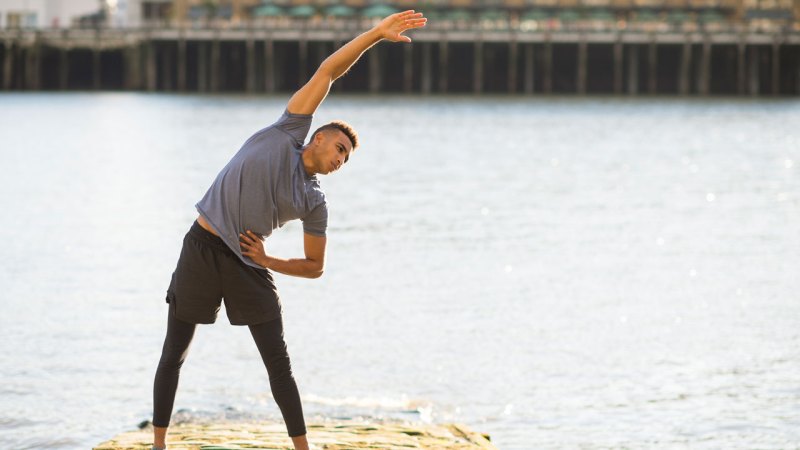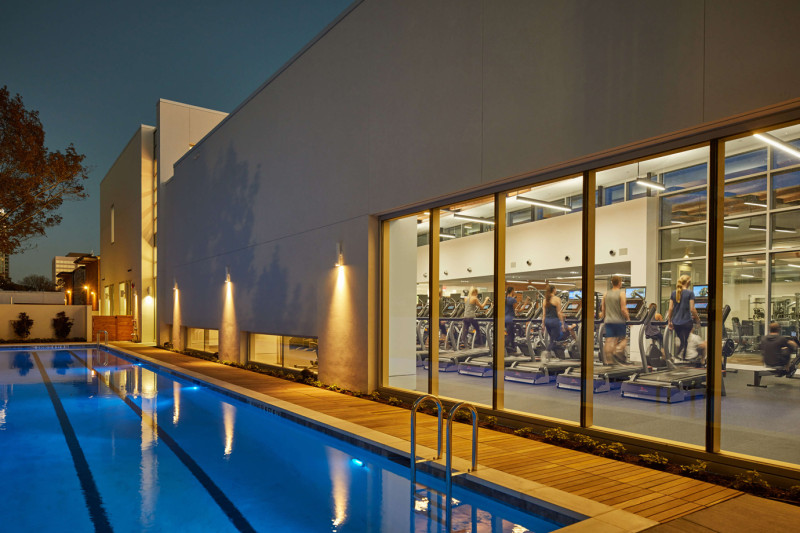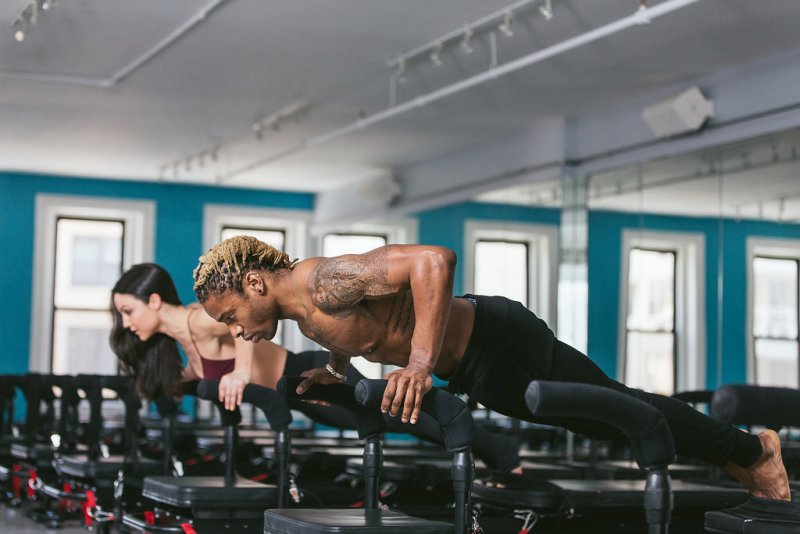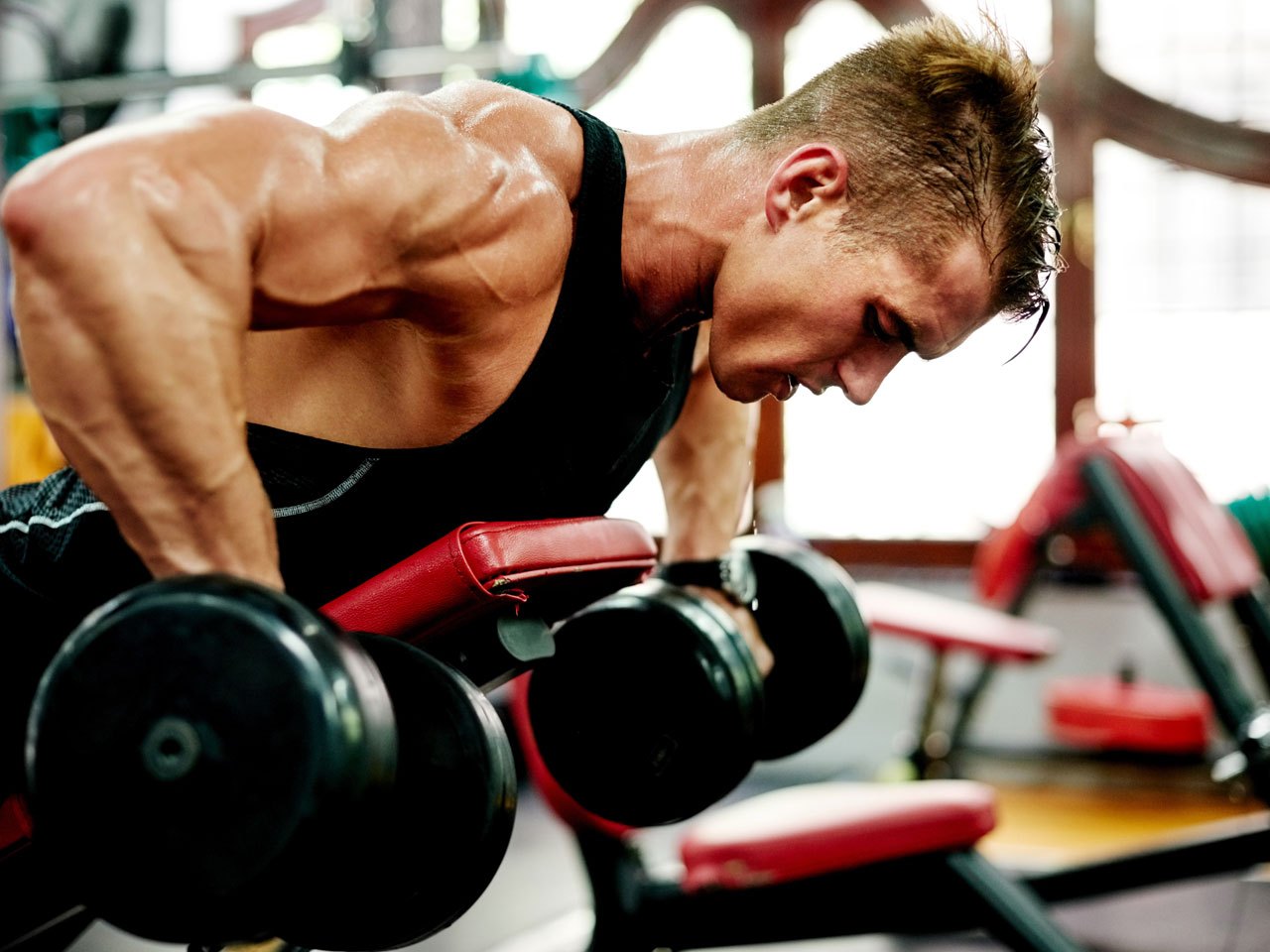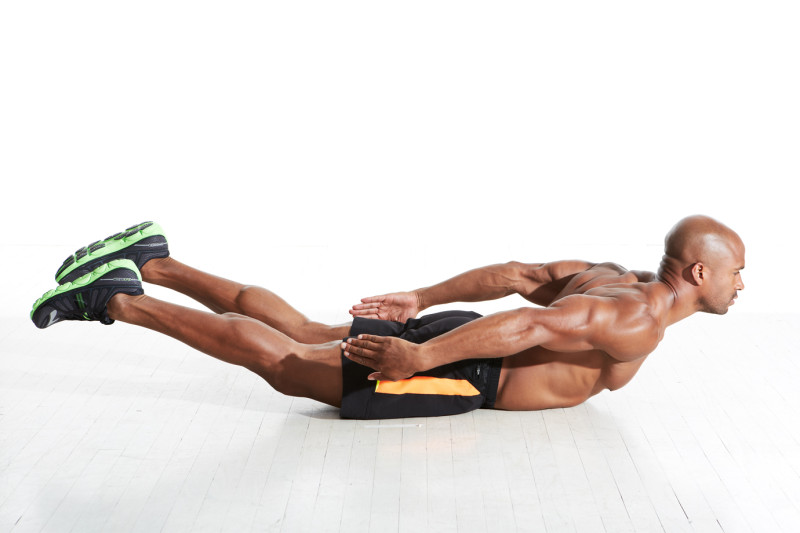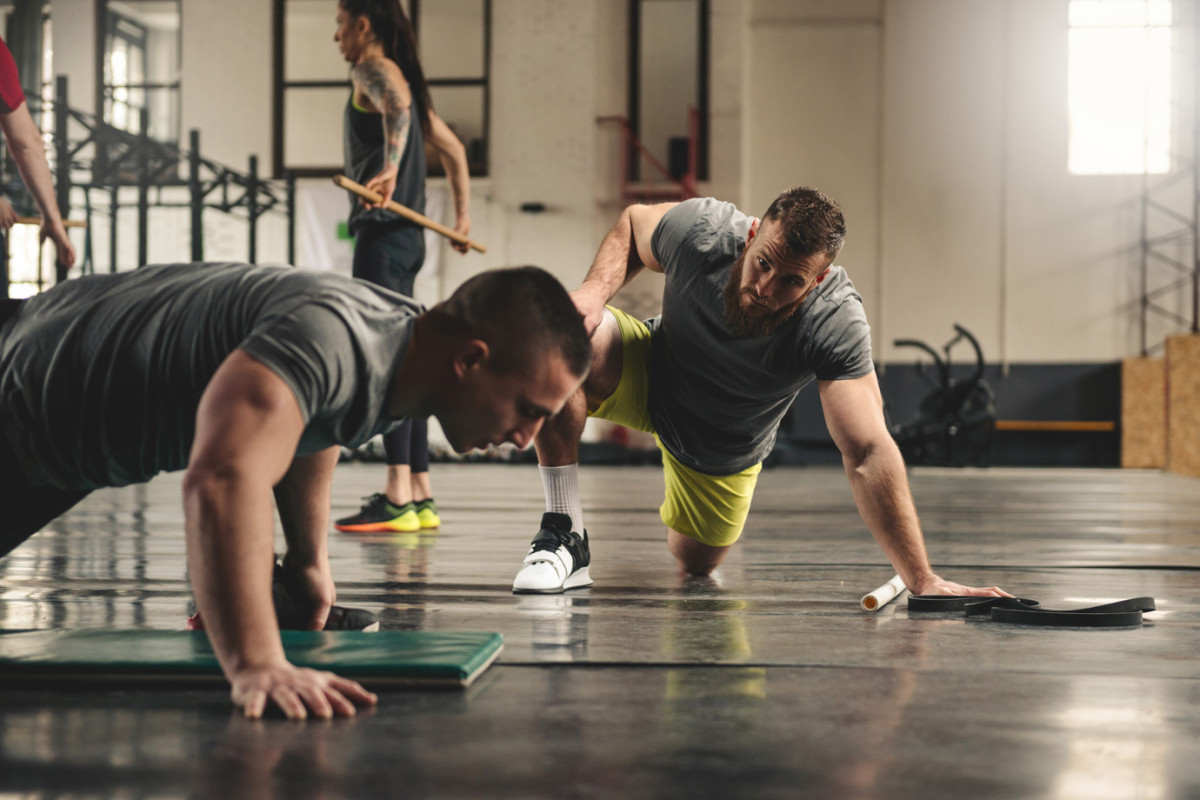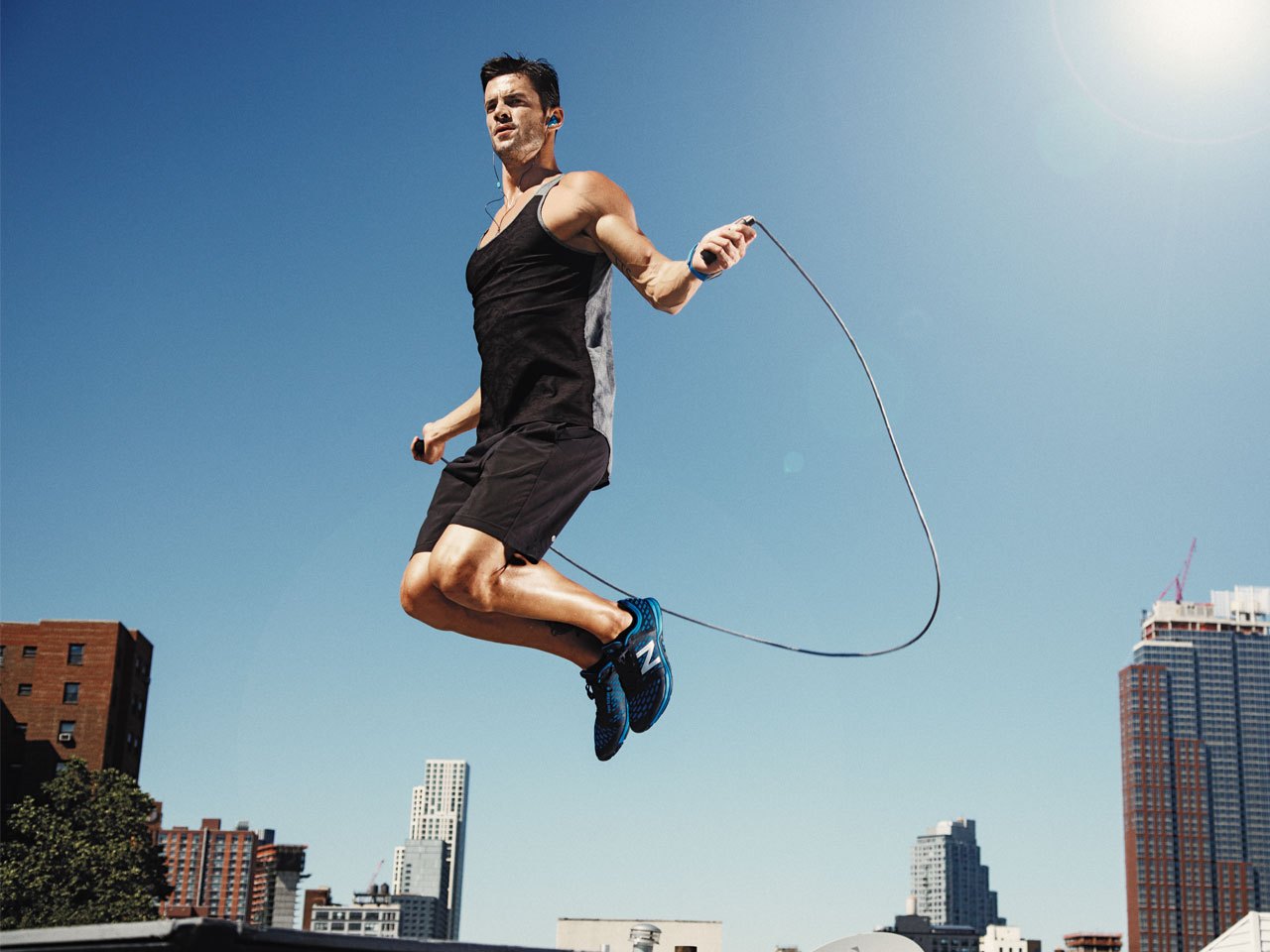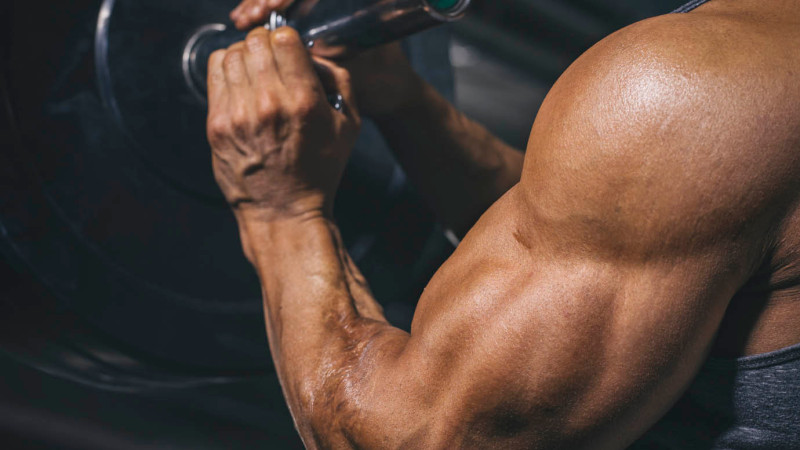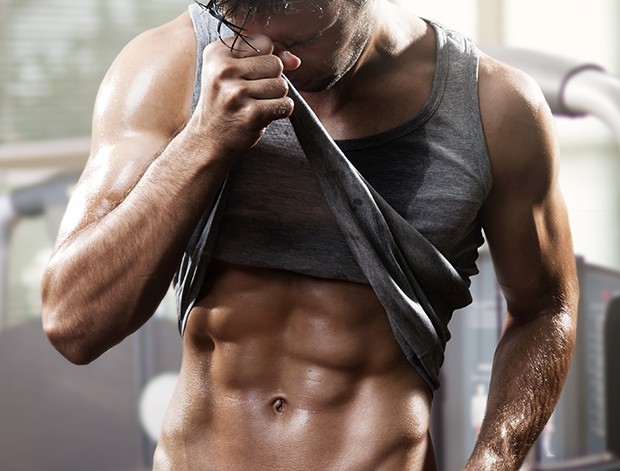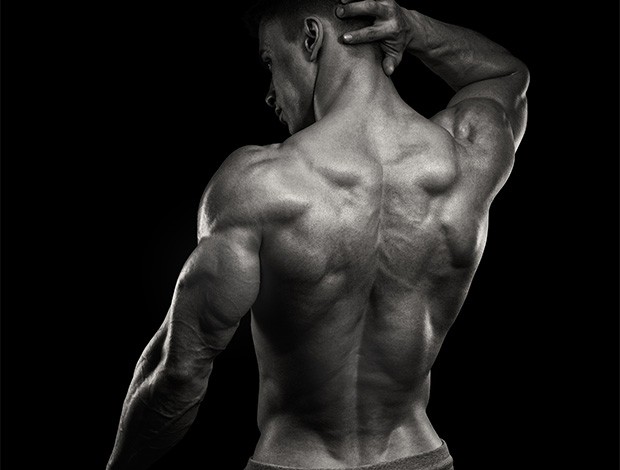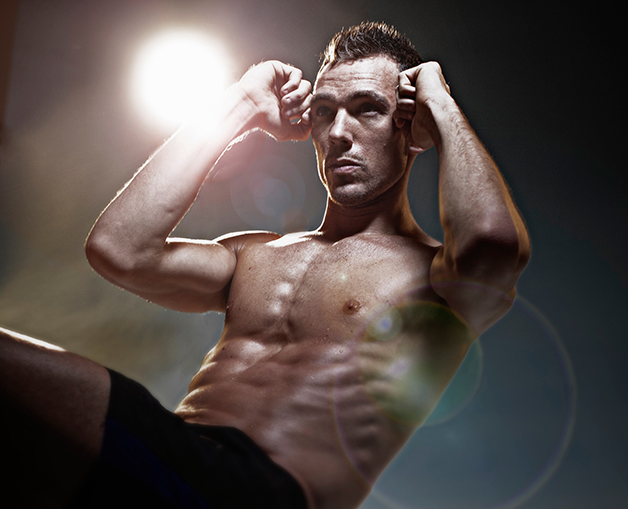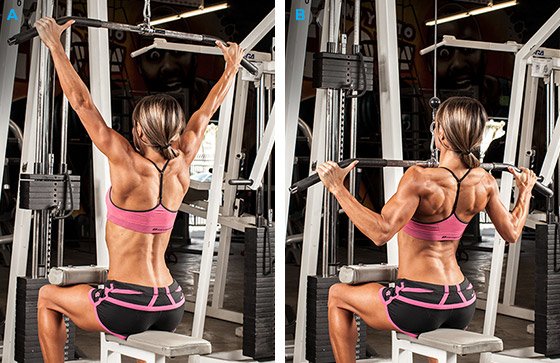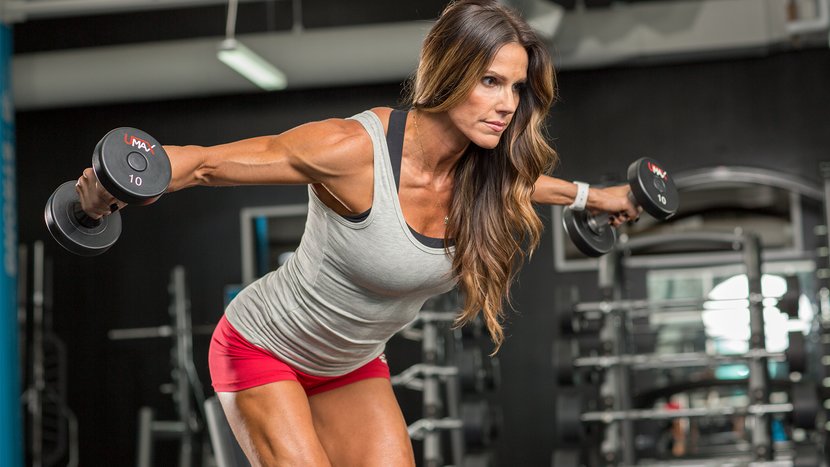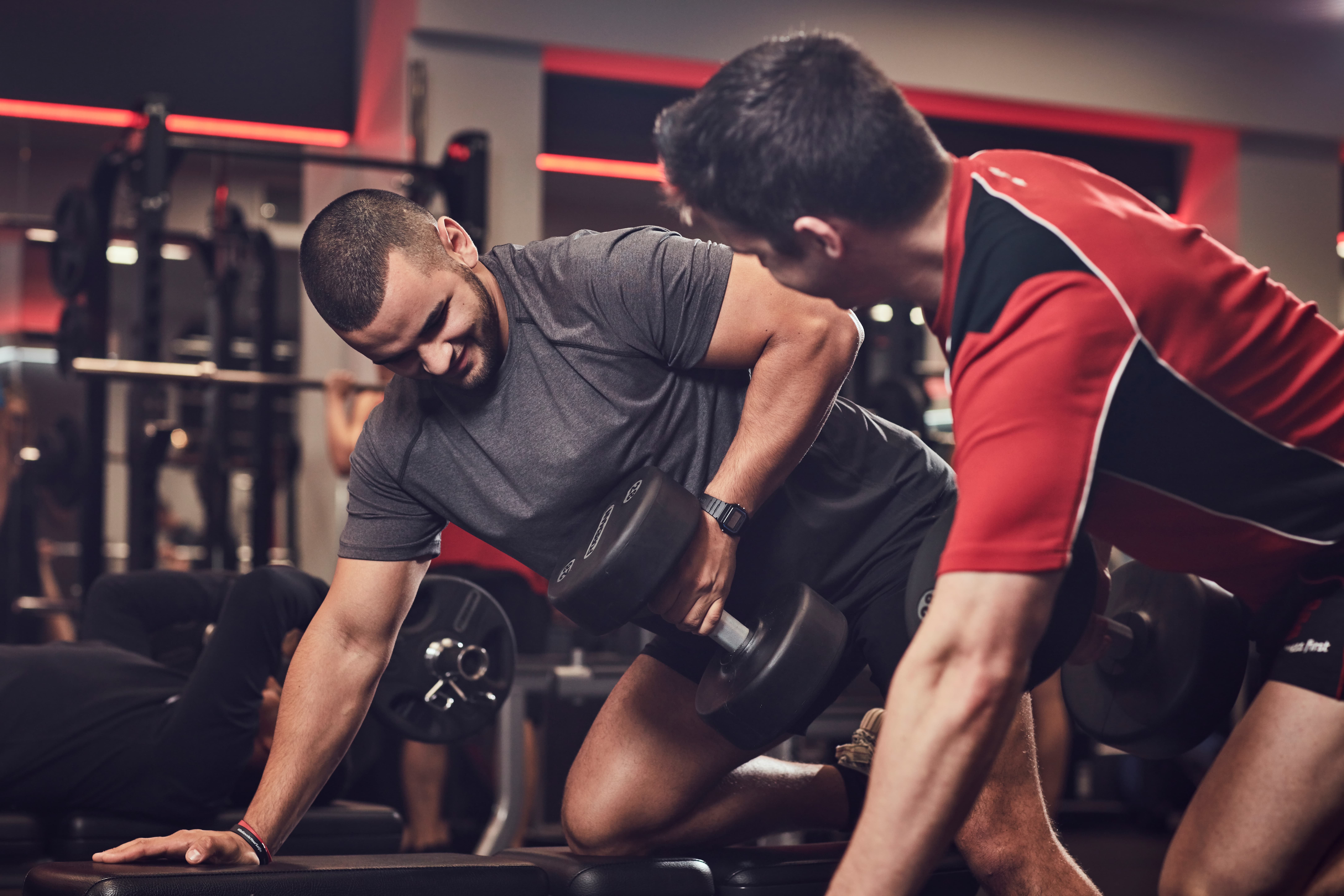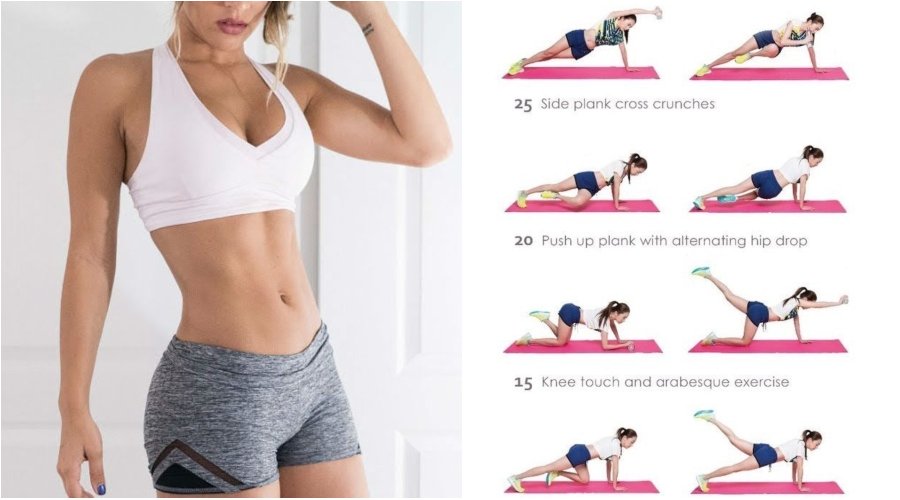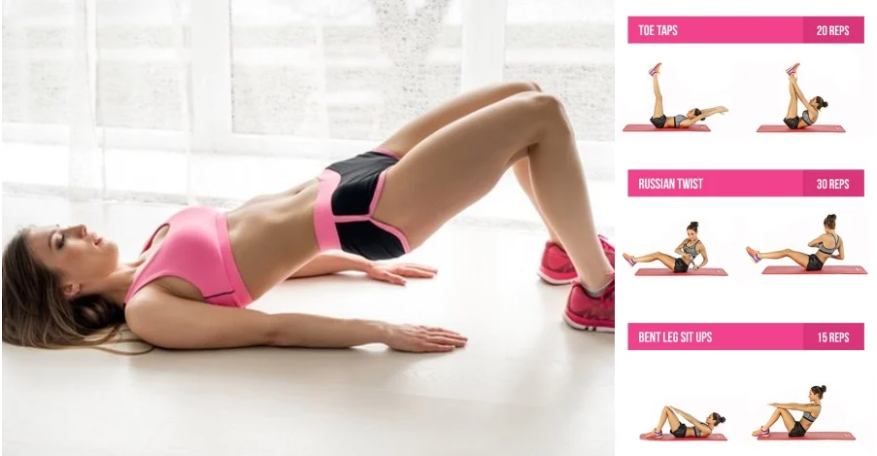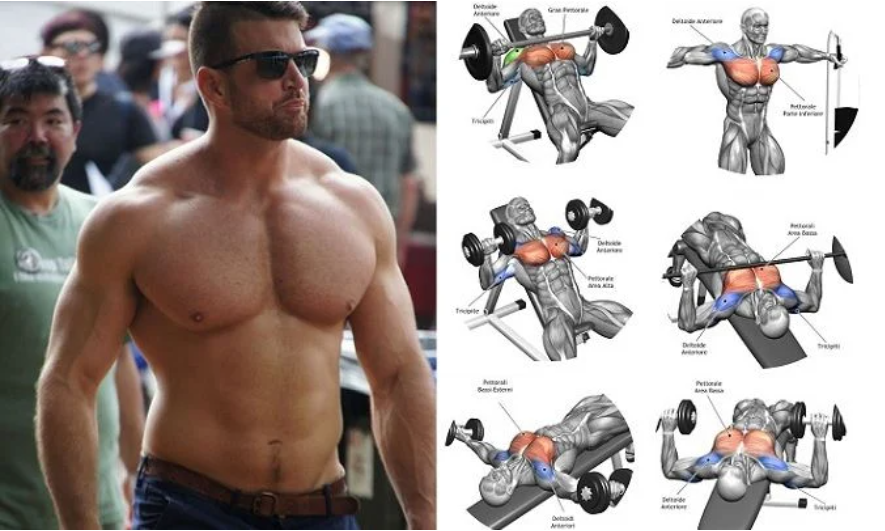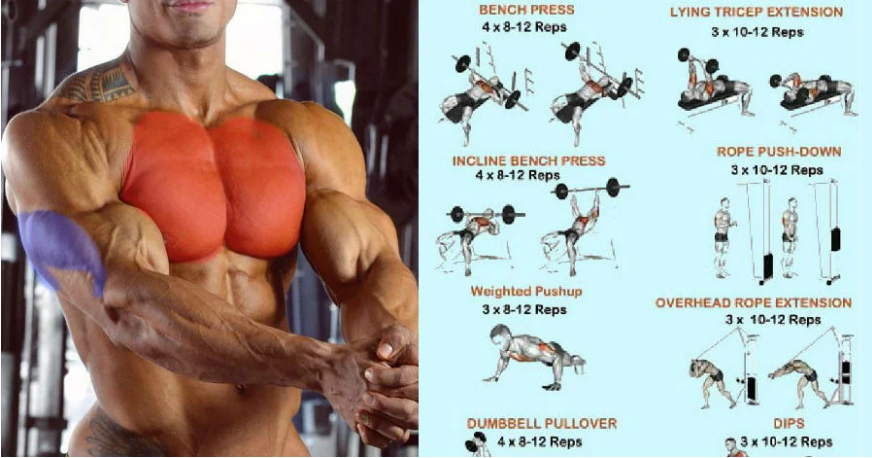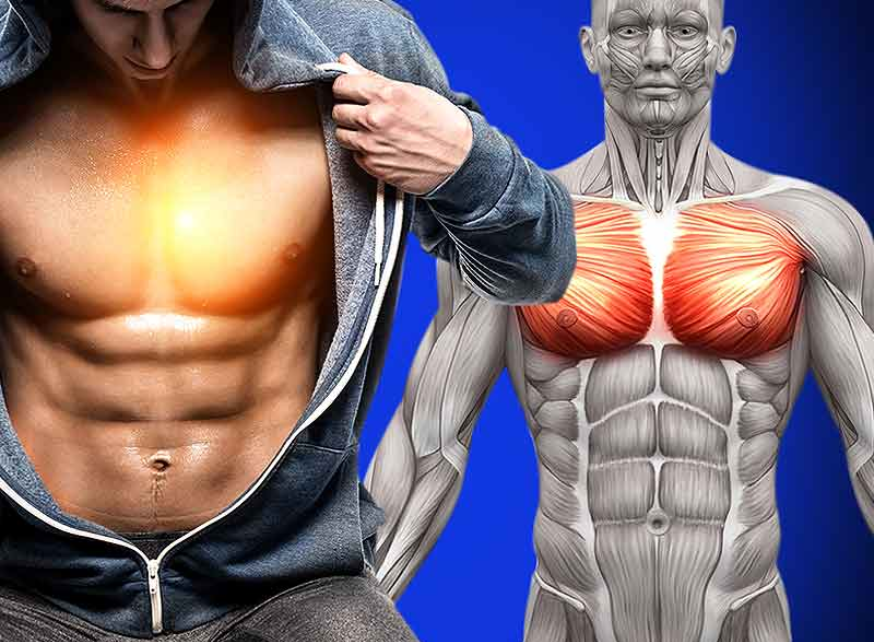Most guys who want bigger arms—which is to say, most guys—take an annoyingly binary approach to building bigger arms. In this view, there’s triceps training, and then there’s biceps training. That’s it. Push and pull, back and forth, tri’s for guys and (biceps) curls for girls.
And in a sense, there is some logic in this method. Elbows only hinge one way, and your biceps and triceps are the biggest muscles in your arms. But guys who train biceps and triceps like this inevitably end up with arms that are somewhat, well, two-dimensional. They might be big, so to speak, but they’re not thick, and they’re definitely not thicc.
So if you want to start developing your arms in all three dimensions, you’ll need to start hitting your arms from new angles. That’s where this week’s exercise comes in.
The Move: Overhand Barbell Biceps Curl
To do this simple barbell curl variation, grab a barbell—and you will want to use a barbell—with an overhand or “prone” grip. (These are also sometimes called “reverse curls,” although we’ll stick to the more deliberate name.) Keeping your upper arms as still as possible, and without rocking back and forth, lift the barbell about three-quarters of the way to your chest, and then slowly lower it back down. That’s one rep.
(If you are tempted to rock back and forth, or use a little hip thrust to get the weight higher, then take some weight off the bar. You should be able to isolate all the movement in your arms when you do these.)
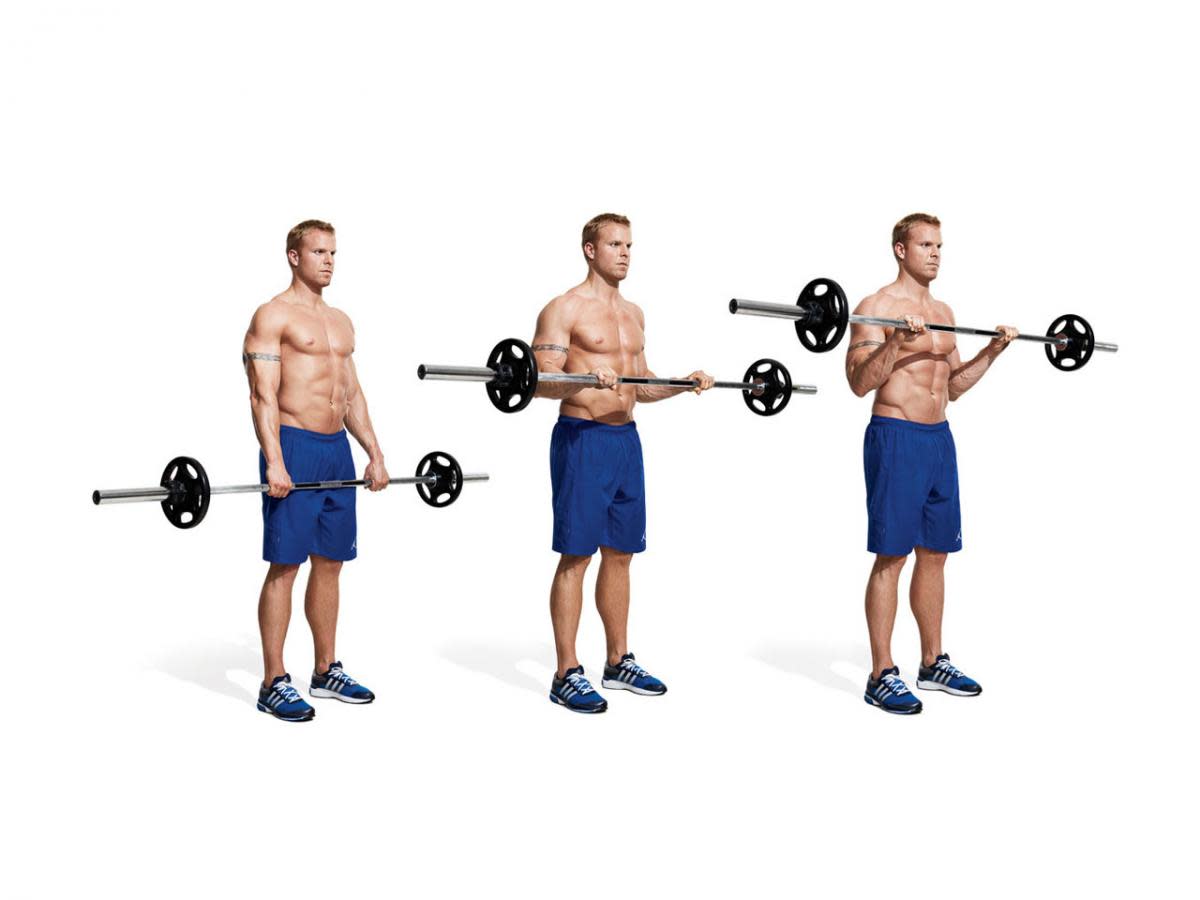
If this sounds hilariously simplistic, then you should know: It is. But the overhand barbell curl also surprisingly counterintuitive—rarely will you see lifters doing this in the gym—and much, much more difficult than the regular old barbell curl. To understand why, you need to look beyond the biceps-triceps binary, and focus on other arm muscles.
Why the Overhand Curl? It Works the Brachialis
Try this exercise a few times. You’ll notice that holding the barbell overhand… kinda sucks. It’s not exactly comfortable, nor is it as easy or as satisfying as old-school, underhand-grip curls. Try this with dumbbells, and you’ll notice that you’ll instinctively want to rotate them into a neutral grip.
That discomfort is a signal that you’re working two muscle groups you don’t normally use. The first is your forearm muscles. The overhand grip—which, incidentally, is common in pullups, lat pulldowns, and barbell moves like cleans and deadlifts—forces you to grip the barbell harder so it doesn’t slip out of your hand. Do these curls in sets of 10 or 12, and you’ll notice the forearm burn by the eighth rep or so.
The second muscle is brachialis—and the one you’re really trying to target here. The brachialis runs from the middle of your humerus bone to the elbow, and effectively sits underneath your biceps muscle. (The University of Washington has a useful brachialis primer here.) This muscle’s primary job is to flex your forearm, which is to say, the classic “curl” motion.

Curling with an overhand grip emphasizes the brachialis. You don’t need to train it too consistently—it’s a relatively small muscle, so you don’t need to work it to death to see results—but when you do train it up, you’ll start to notice that distinctive “golf ball” between your biceps and triceps.
Combine that with a set of formidable forearms, and you’ll find that this new arms training technique will produce a third dimension to your t-shirt muscles.

